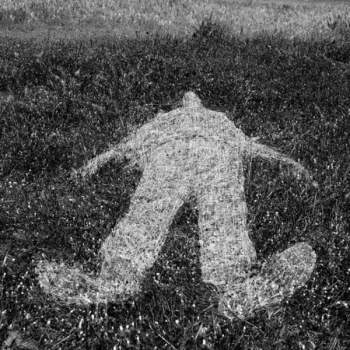
What are Unintentional Killings?

Unintentional killings can result in criminals facing either misdemeanor or felony sentences under the criminal justice system in the United States. Criminals who have committed unintentional killings may face charges of second degree murder, felony murder, misdemeanor manslaughter, and involuntary manslaughter. Unintentional killings, by definition, are committed by criminals who did not foresee the consequences of their actions. Unintentional killings in the criminal justice system do not contain a high amount of malice because they are not usually planned. There are two circumstances when the criminal justice system determines that the actions of criminals have elements of malice. The first is when a felony murder has occurred. This is an unintentional killing with elements of malice because the felony was malicious and intentionally planned, even though the killing was not. Unintentional murder is also malicious in instances where two people fight each other and one person dies. The intent to cause serious harm constitutes malice, while not rising to the same level of malice present in an intentional killing. The criminal justice system in a State which bases its legal code on Pennsylvania's scheme considers these killings to be third degree murder. The criminal justice system also considers individuals who cause the deaths of other people through negligence or recklessness to be criminals. Under the criminal justice system, these criminals are charged with manslaughter. Unintentional killings can also be recognized as having non-criminal circumstances under the criminal justice system.



















